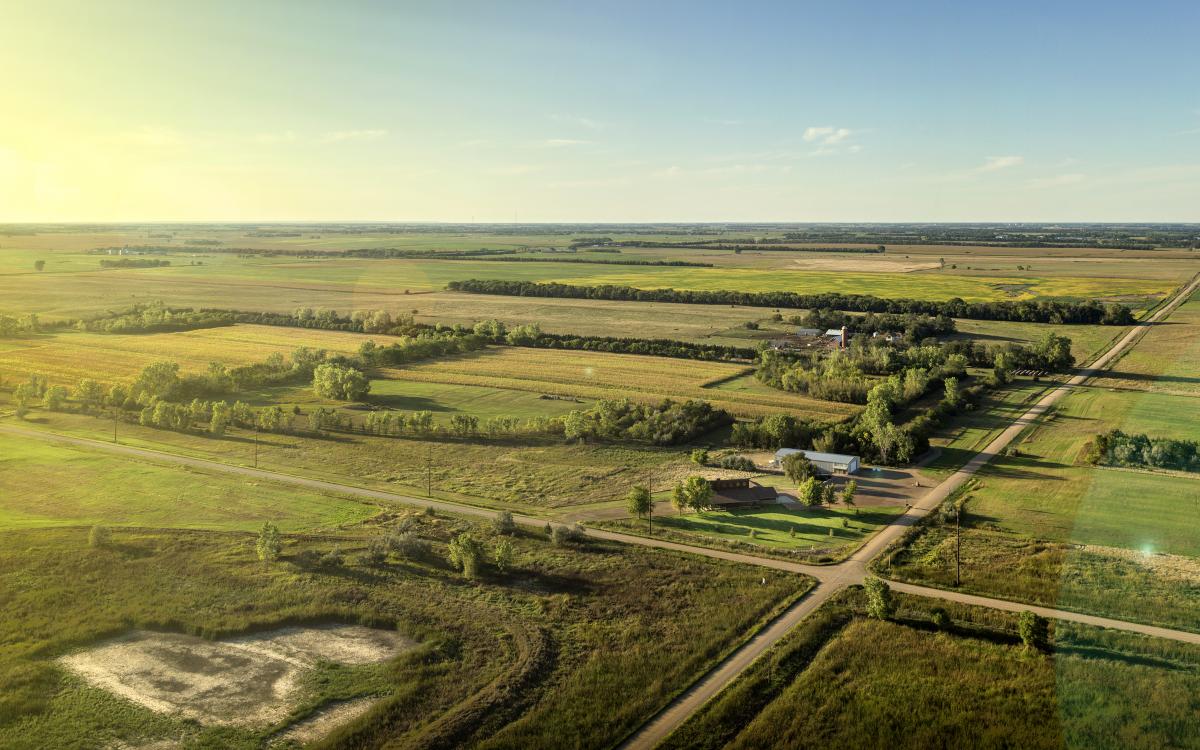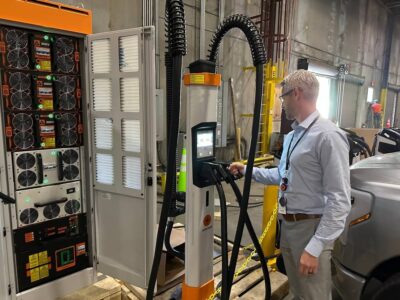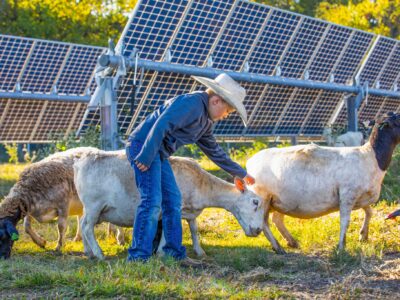South Dakota State University and Dakota State University are partnering on a project — the CyberAg Partnership Initiative — to help improve cybersecurity within the agriculture sector. Though many industries, such as banking and utilities, have long focused on cybersecurity, agricultural leaders are years behind.
This initiative is designed to protect the farmers and the technology that feeds Americans and the world. Legislation, driven by South Dakota Representative Larry Tidemann, provides $1.25 million for the partnership. The state funds will be directed toward developing academic curricula, researching threats, and conducting outreach to farmers and ranchers.
“As advanced precision agriculture technologies and information management systems in the crop and livestock sectors continue to grow in use and importance, the agricultural industry is becoming more vulnerable to cybersecurity threats,” Karla Trautman, South Dakota State University Extension director, told Consensus. “There is the potential for an agricultural-based supply chain disruption, manipulation of information that affects agricultural markets, such as yield projections [and] tampering with automated agricultural platforms impacting planting, spraying, and harvesting equipment.”
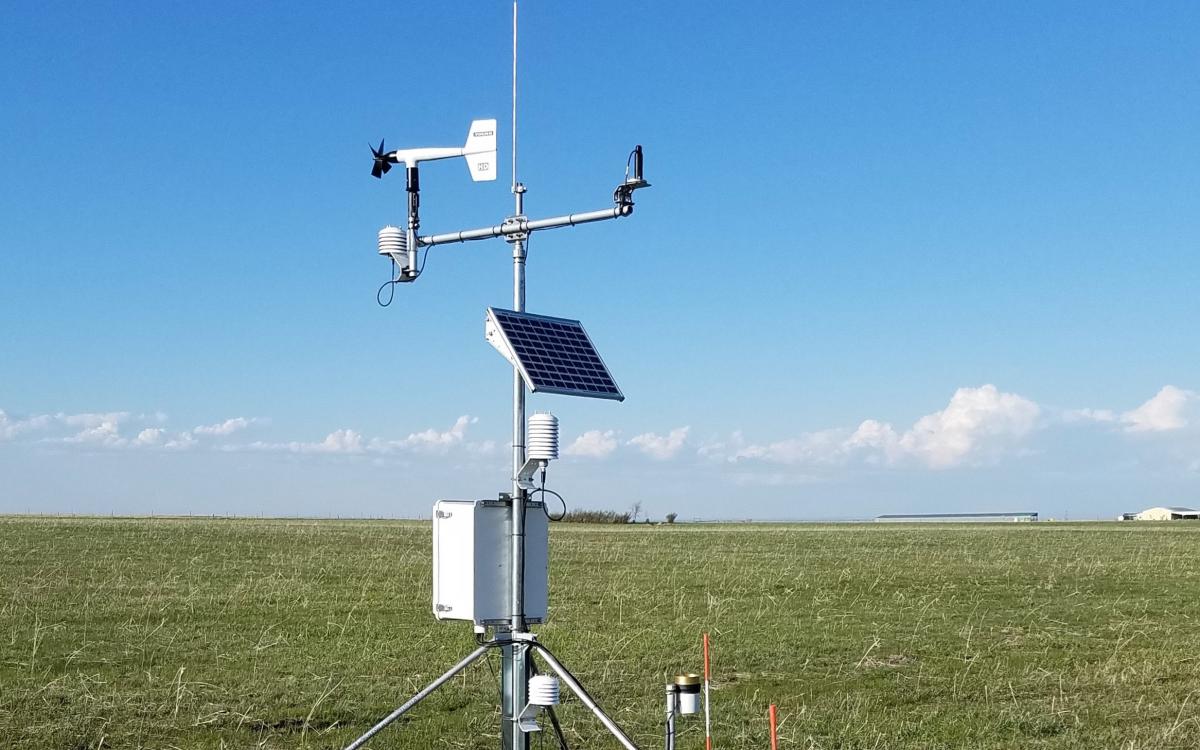
In recent cases, hackers can access crop computer systems and change the formulas used to water and fertilize plants, an act that can easily kill crops before being detected.
The two universities plan to focus on strategies farmers can use to minimize the risk of cyber security attacks on their farms or ranch. In many cases, the preventive measures include updating in-place security programs and retrofitting existing farm equipment.
Recently, attacks on agricultural technology have focused on hacking and ransomware, and experts believe the need for security has reached a critical point. Because food production is widely dispersed geographically, it is increasingly reliant on smart tech and interdependent computer systems that are currently very vulnerable to attack.
Trautman believes communication, research, and education are needed to strengthen the relationship between agriculture and cybersecurity.
“There needs to be a strong interconnection between what producers are experiencing on their farms and ranches to the technologies that are developed to assist them in their operations,” she explained. “Likewise, there needs to be a strong linkage to the industry and the ability to understand how the technologies work and how they support the advancement of agriculture. This triangle of communication, the corresponding research, and the resulting education will be critical.”

The partnership between South Dakota State University — a leader in precision agriculture — and Dakota State University — a leader in information technology — allows the best in their fields to collaborate on solutions.
“Together, we can provide education and information for producers concerning cyber threats that impact precision agriculture while fostering research efforts that investigate such cybersecurity threats that will potentially result in licensable technologies from the intellectual property generated,” she added.
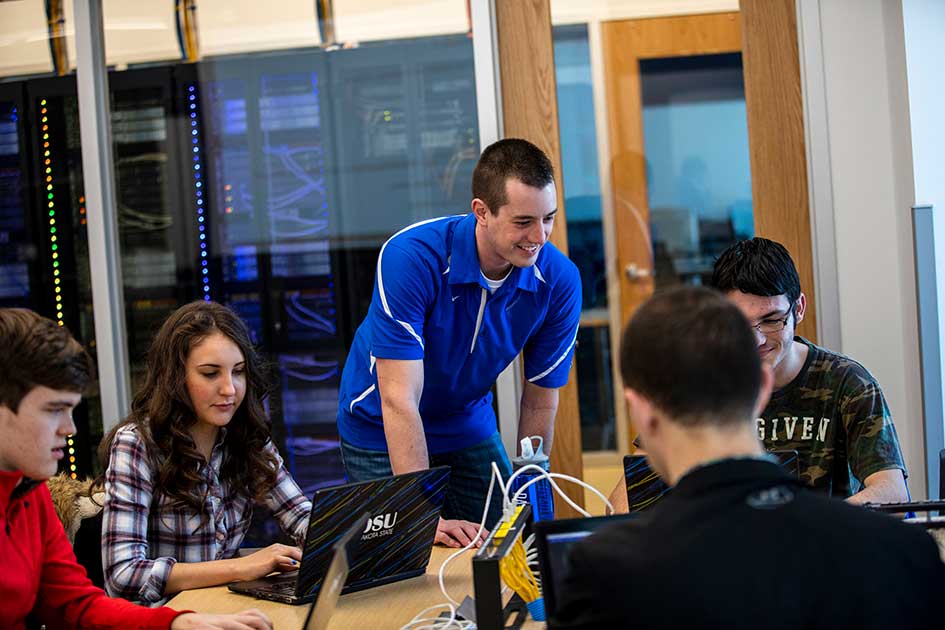
The CyberAg Partnership Initiative will work to understand how to manage cyber risks, create effective models to monitor those risks, and share information throughout the farming and ranching community. It will also examine the interconnectedness of cyber agriculture. The hope is to quickly develop new technologies and non-traditional approaches to security that will prevent or lessen cyber attacks.
“The food and agriculture sector is a critical national infrastructure,” said Dr. Richard Hanson, Dakota State University’s interim provost and vice president for academic affairs. “That is why we have become very concerned about protecting the data that drives precision agriculture and the range of potential cyber vulnerabilities within agriculture and food production.”

